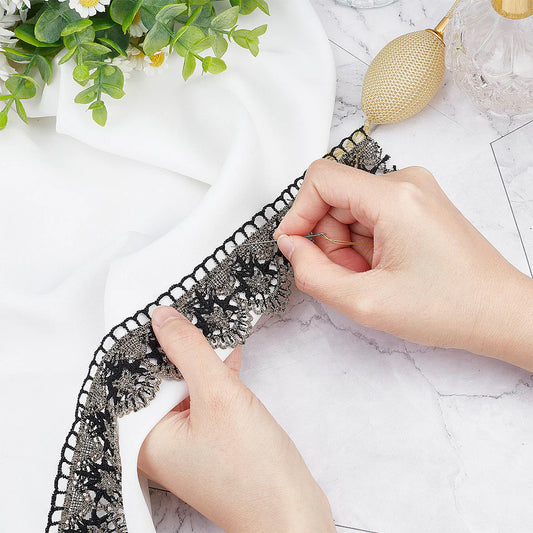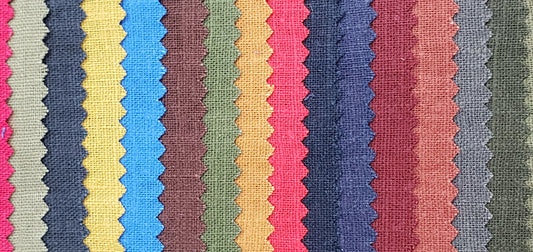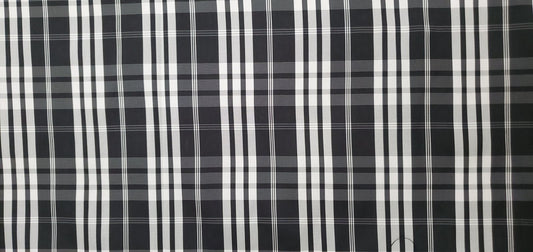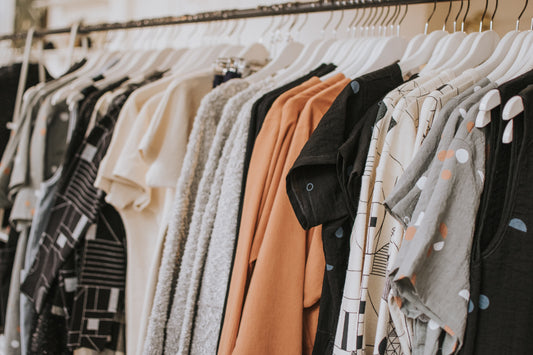From Thread to Trend: The Journey of a Garment

The Unsung Heroes of Sewing: Why Trims Make or ...
We all know the importance of the perfect fabric, the well-fitting pattern, and the hours of meticulous stitching. But what about the unsung heroes of any sewing project - the...
The Unsung Heroes of Sewing: Why Trims Make or ...
We all know the importance of the perfect fabric, the well-fitting pattern, and the hours of meticulous stitching. But what about the unsung heroes of any sewing project - the...

How to Source Fabrics the Right Way
For many individuals in the field, one of the main influences and steps in designing is sourcing and choosing the right fabrics. Although the process of selecting fabric online or from a fabric...
How to Source Fabrics the Right Way
For many individuals in the field, one of the main influences and steps in designing is sourcing and choosing the right fabrics. Although the process of selecting fabric online or from a fabric...

Which Fabrics Are the Most Sustainable?
As consumers, what you can do to lessen the waste in the environment is to find a sustainable fabric store and switch to ethical fashion. This way, you don’t feel...
Which Fabrics Are the Most Sustainable?
As consumers, what you can do to lessen the waste in the environment is to find a sustainable fabric store and switch to ethical fashion. This way, you don’t feel...

How To Collaborate and Work With Clothing Manuf...
Working with clothing manufacturers means working with the ‘extended company’ concept. The concept of an extended company consists of integrating the business strategy with all the elements that are part...
How To Collaborate and Work With Clothing Manuf...
Working with clothing manufacturers means working with the ‘extended company’ concept. The concept of an extended company consists of integrating the business strategy with all the elements that are part...

How to Start Your Clothing Brand From Scratch i...
Fond of discovering new attire combinations? Interested in pattern making and garment construction? If you’ve hit both the categories, there’s a high chance that building your own clothing brand might...
How to Start Your Clothing Brand From Scratch i...
Fond of discovering new attire combinations? Interested in pattern making and garment construction? If you’ve hit both the categories, there’s a high chance that building your own clothing brand might...